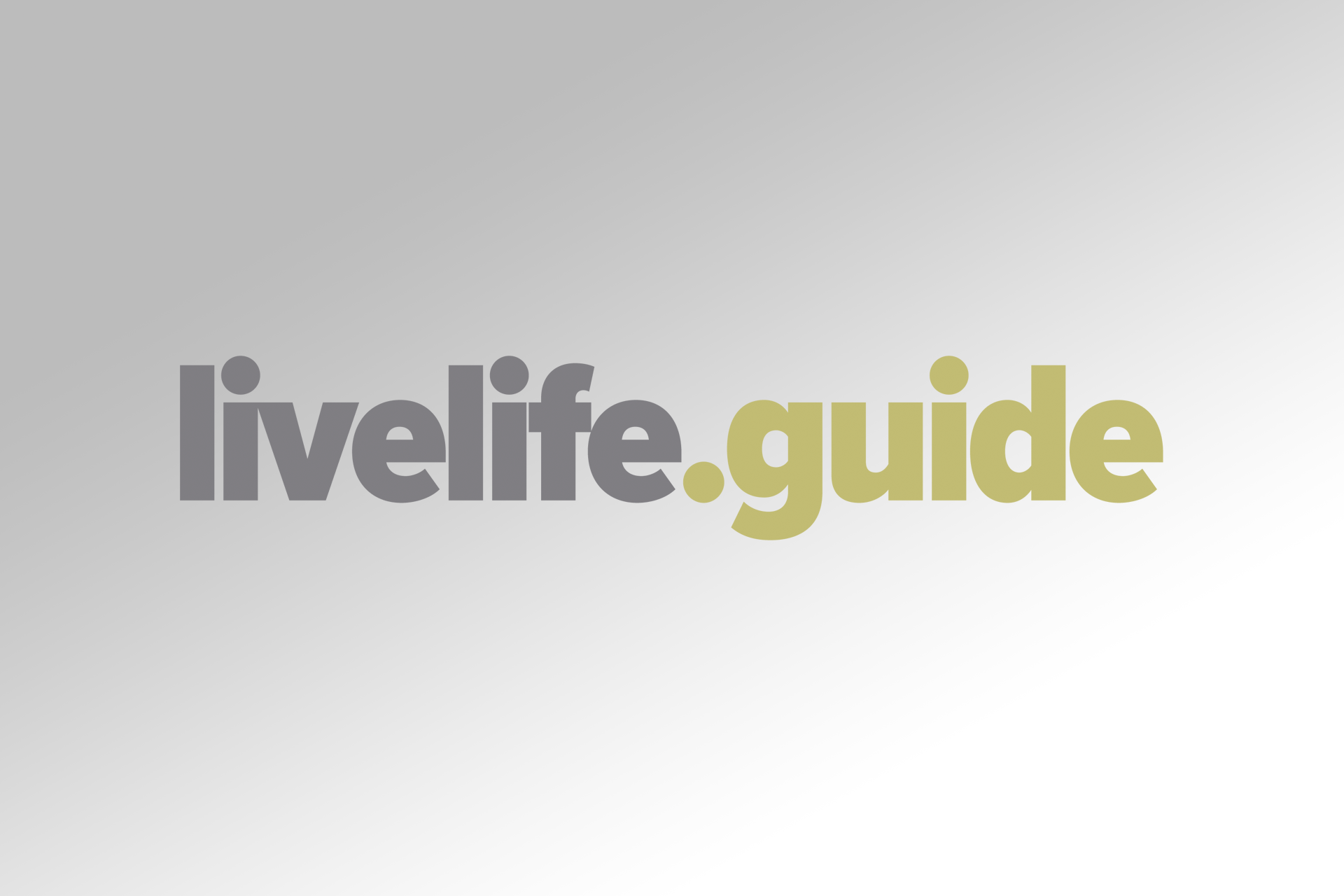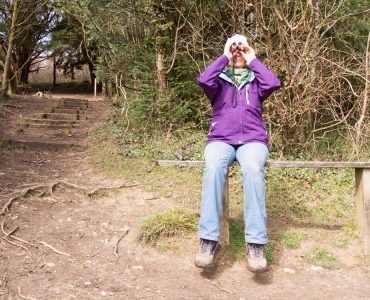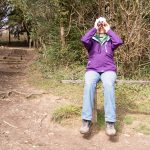The bird is also known as Larus fuscous which is its scientific name. Other commonly used names are black backed gull. It is a large sized gull which has been found across European coast around Atlanta. The bird has a tendency of migrating in winters and they head towards western Africa. North America also sees their huge population while they come down from Iceland during their migratory flight. It is found in huge numbers on the UK coastlines during summers and high moors. The numbers have been seen increasing recently due to their movements in urban areas and better adaptability. The birds can be seen all year around with them leaving the colder regions to migrate. In UK they start to leave by July and can be seen back to business during the month of December. A similar variety of birds, which migrate from Scandinavia start coming into UK instead during this period.
The bird breeds in flocks and loves to live in colonies. They can be found in huge numbers around lakes and ponds or around the coasts, where they normally make their nests on the cliffs.
This is a smaller bird which has a slim built. The length could be up to 18 inches in size. The bird can reach up to 59 inches with its full wingspan and can weigh up to 1000 grams of weight. The legs are pinkish in complexion with mirror like spots on the ends of its feathers. The adult bird has the wings normally in black or darkish grey colour. The back is also quite similar in colour, with yellow bill. The bill may also have some reddish spot on it which is normally pecked by the young ones symbolizing their feeding needs. The bird’s head is grey in colour and gets darker during winter seasons. The iris is yellow in colour and the tail is white or off-white in colour. The head of the bird is round and both of the sexes have a similar appearance, making it hard to spot the differences. It’s just that the male is a little larger in size compared to the female bird.
The bird gives three eggs at a time. The young ones would normally be taking around four years to become fully mature and the characteristics of the young one change during this period. During the third year of its growth, the young ones still do not get the same pattern on its bill which the adults have. The wing patterns and tail band are still not fully developed and take some time.
The call of the bird is similar to someone laughing and has a deeper pitch. The birds are omnivorous and can eat whatever is available easily. The bird is also divided among different subspecies and the variance factor is amount of grey colour on the back of these birds.
The numbers of these birds are good and the population has been growing, making it a least concerned bird on the rating of threatened birds list.
Lesser Black Backed Gull:
Let us know if you liked the post. That’s the only way we can improve.









